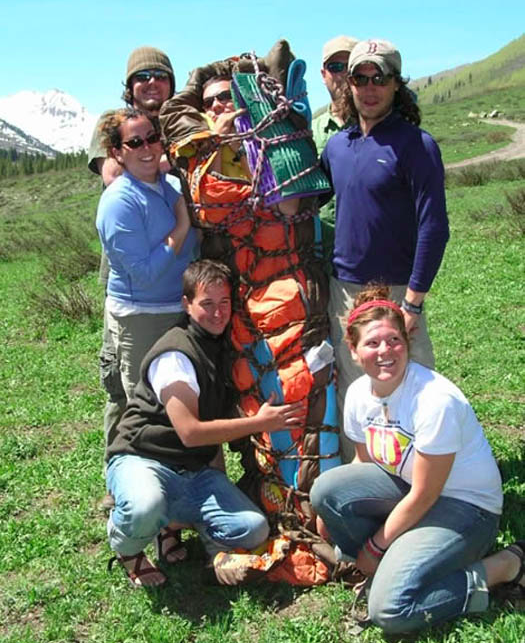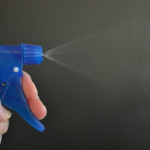Practical Guide to Emergency Medical Evacuations

Dealing with a medical emergency in the field requires that you make good decisions in a short amount of time. Unfortunately, it is not always easy to determine what the most appropriate course of action is to take. Let’s take a look at some basic guidelines that can help you to decide what to do based on the condition of the patient as well as your circumstances.
Proper Assessment

The first rule when examining the extent of an injury and choosing the appropriate treatment is to assess the situation. Not only do you want to examine the nature of the injury, but you also want to consider whether it is better to leave the patient behind in order to get help, or take them to medical services. This is not always an easy decision to make, and you need to account for a variety of factors. These include the risk to you, your party or the patient if you decide to move them and whether you can stabilize the patient for transport without risking further injury.
It is important to not only consider the injury itself when making an assessment. You should also consider what secondary problems can occur as well. Will that severe wound bleed out more if the patient is moving? Will it lead to shock? Will a head or neck injury lead to paralysis? Will an ankle injury get worse if the patient accidentally slips on a rock or piece of debris on a trail? These are just a few common sense questions that you should think about before you decide whether or not to evacuate.
Proper Immobilization
The most important thing to consider when treating as well as transporting a patient is how to immobilize them. If the patient has a head or neck injury, they need to be immobilized to a backboard and cervical collar. However, chances are that you will not have one with you. You will need to fashion one out of rolled fabric and some tape in order to secure them to a makeshift stretcher. The key is to ensure that their head, neck and back do not move as they are being transported, but you can design the makeshift devices according to your needs.
It is also important to immobilize broken bones, sprains or joint injuries in order to protect them from further damage. This will also reduce pain and often allow the patient to move on their own with some occasional support from you or someone in your party.
Stability

You also want to make sure that you have dressed wounds properly to stop bleeding and minimize the chances of them becoming contaminated during the evacuation. You also want to devise supportive tools such as an improvised crutch, cane or splint that will give the patient stability as they are hobbling through difficult terrain.
You also want to ensure that you and those who are assisting the patient are taking necessary precautions in order to minimize injury to others as well. It’s a lot harder to walk with someone leaning on you, just as it is difficult for the patient to balance themselves if walking alone.
Practice Makes Perfect
These are just a few general guidelines to consider when preparing for an evacuation. However, nothing can replace the hands-on experience you can gain from running through a couple of scenarios beforehand. Put yourself in a wilderness situation where you have minimal supplies and the way out is not that easy. Consider how you will devise stretchers, sleds or crutches. Think about your level of endurance if you must carry someone on your back, or if you need to traverse difficult terrain.
Remember that an injury places significant stress on everyone involved. Practicing and drilling will help you to get a sense of what you may expect during a real emergency. It will help you to make on-the-spot decisions that can help you to avoid causing further problems. It will also give everyone a chance to work together and improvise in order to achieve the goal of safely evacuating the injured and obtaining necessary treatment.
This is a very integral part of survival preparedness, yet it is also something that is not extensively addressed in many cases. Make sure that you get some basic training and experience with respect to how to treat and evacuate the injured in order to be in a better position to emerge from the incident as quickly and safely as possible.















